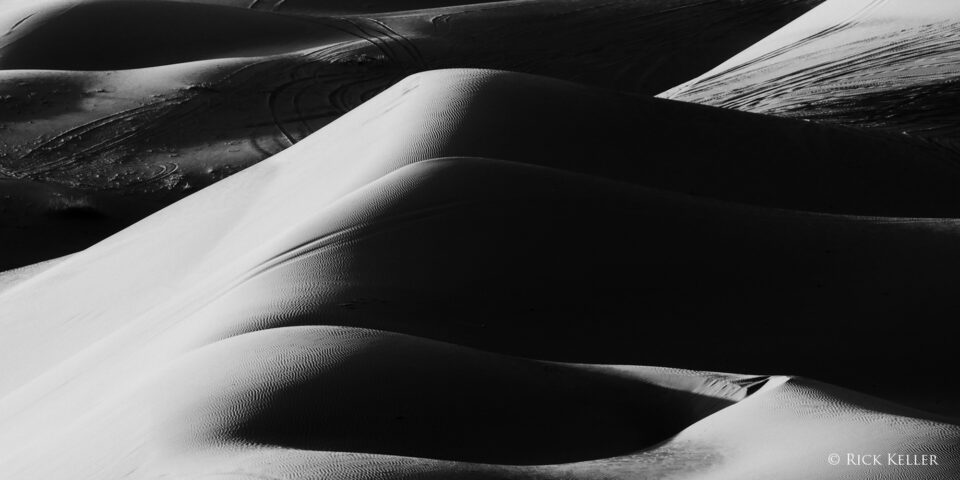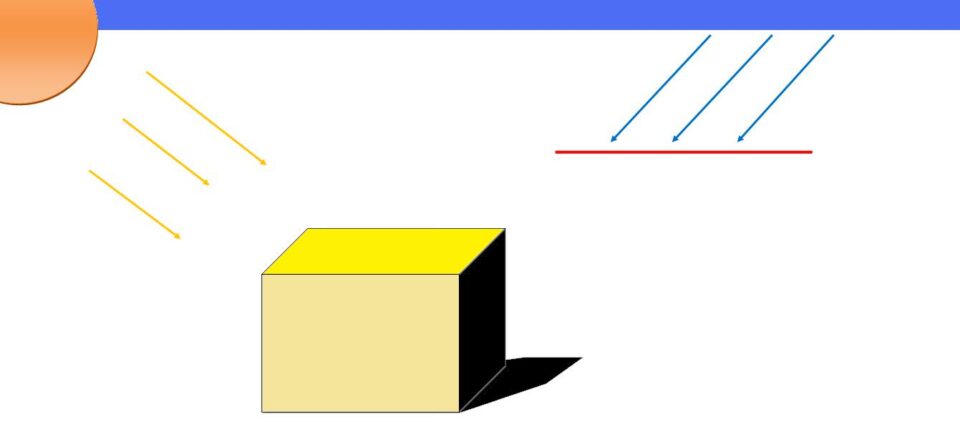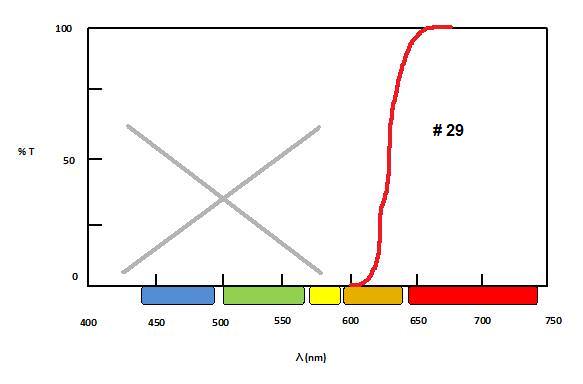كيف تم تصوير هذه الصورة ٨
How Was This Picture Made #08
For Part 8 of our How Was This Picture Taken? series, I have chosen the following photograph to share. On two recent road trips into the desert near my home base in Southern California, I had the pleasure of going on two landscape photo shoots, both of which I plan to write a photo essay for Photography Life readers very soon. In the meantime, I thought it would be fun and educational to post one particular photograph and invite our readers to share their thoughts on how this photo was visualized and constructed. Also, I thought that by sharing technical aspects on the making of this photograph in advance of my upcoming essay, the narrative and images in my essay might be aesthetically richer.
للجزء الثامن من مقالنا كيف تم التقاط هذه الصورة؟ السلسلة، لقد اخترت الصورة التالية للمشاركة. في رحلتين بريتين قمت بهما مؤخرًا إلى الصحراء بالقرب من مقر منزلي في جنوب كاليفورنيا، كان من دواعي سروري أن أقوم بالتقاط صورتين للمناظر الطبيعية، وأخطط لكتابة مقال مصور لقراء Photography Life قريبًا جدًا. في هذه الأثناء، اعتقدت أنه سيكون من الممتع والتعليمي أن أنشر صورة معينة وأدعو قرائنا لمشاركة أفكارهم حول كيفية تصور هذه الصورة وإنشائها. وأعتقد أيضًا أنه من خلال مشاركة الجوانب الفنية حول التقاط هذه الصورة قبل مقالتي القادمة، قد يكون السرد والصور في مقالتي أكثر ثراءً من الناحية الجمالية.
How Was This Picture Made #08
For Part 8 of our How Was This Picture Taken? series, I have chosen the following photograph to share. On two recent road trips into the desert near my home base in Southern California, I had the pleasure of going on two landscape photo shoots, both of which I plan to write a photo essay for Photography Life readers very soon. In the meantime, I thought it would be fun and educational to post one particular photograph and invite our readers to share their thoughts on how this photo was visualized and constructed. Also, I thought that by sharing technical aspects on the making of this photograph in advance of my upcoming essay, the narrative and images in my essay might be aesthetically richer.
للجزء الثامن من مقالنا كيف تم التقاط هذه الصورة؟ السلسلة، لقد اخترت الصورة التالية للمشاركة. في رحلتين بريتين قمت بهما مؤخرًا إلى الصحراء بالقرب من مقر منزلي في جنوب كاليفورنيا، كان من دواعي سروري أن أقوم بالتقاط صورتين للمناظر الطبيعية، وأخطط لكتابة مقال مصور لقراء Photography Life قريبًا جدًا. في هذه الأثناء، اعتقدت أنه سيكون من الممتع والتعليمي أن أنشر صورة معينة وأدعو قرائنا لمشاركة أفكارهم حول كيفية تصور هذه الصورة وإنشائها. وأعتقد أيضًا أنه من خلال مشاركة الجوانب الفنية حول التقاط هذه الصورة قبل مقالتي القادمة، قد يكون السرد والصور في مقالتي أكثر ثراءً من الناحية الجمالية.







تعليق